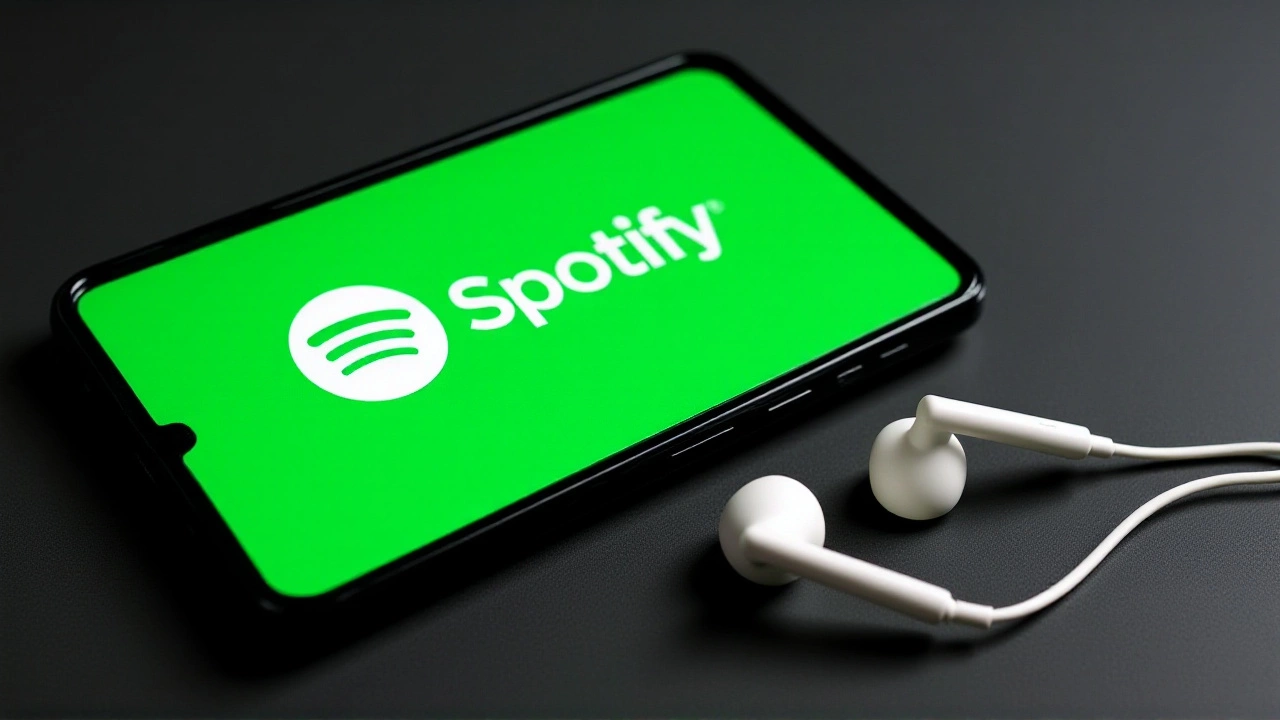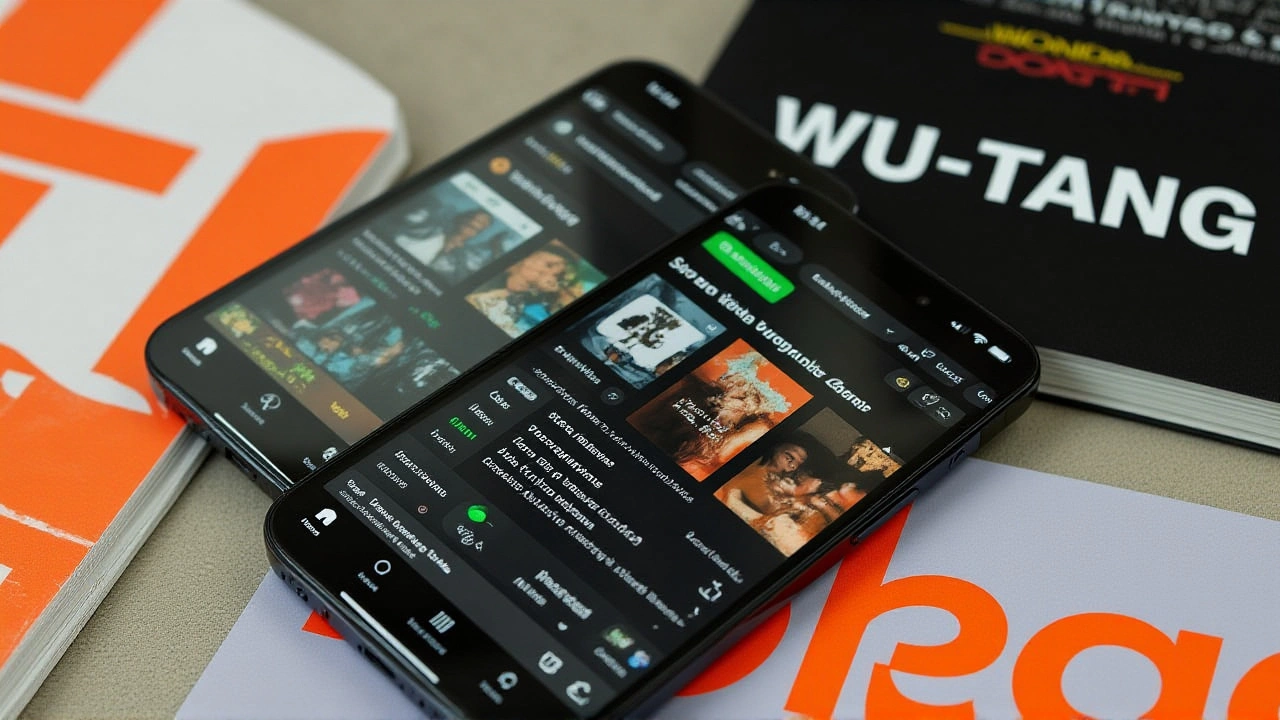When Spotify unveiled its latest price increase for Premium subscribers on the August 4, 2025 announcementStockholm, Sweden, music‑streaming fans across three continents got a surprise email about higher monthly bills.
Why the hike matters now
Spotify says the move is meant to fund "new services and features" that will keep the platform ahead of rivals. The company’s newsroom post, posted from Stockholm, explained that "to continue to innovate on our product offerings and bring users the best experience, we occasionally update our prices." In plain English, the company is finally treating price changes like a regular tool in its toolbox after years of flat rates.
Details of the new pricing
Starting August 4, 2025, subscribers in South Asia (India, Pakistan, Bangladesh), the Middle East (Saudi Arabia, United Arab Emirates, Israel), Africa (South Africa, Nigeria, Kenya), Europe, Latin America, and the Asia‑Pacific region will see a revised bill. The Verge, using archived pages, confirmed that in Italy the individual plan rose from €10.99 to €11.99, in Portugal from €7.99 to €8.99, and in Spain from €10.99 to €11.99. Similar tweaks are expected in dozens of other countries, though the exact numbers vary by local market conditions.
- All existing Premium users will receive an email detailing the new price and its effective date.
- New subscribers see the updated rates instantly on spotify.com/premium.
- Alternative plans – Duo, Family, Student, and the free ad‑supported tier – remain unchanged for now.
Executive perspective
In an interview with Financial Times on the same day, Alex Norström, Co‑President and Chief Business Officer of Spotify explained that price adjustments have become "part of our business toolbox now" after a decade of flat pricing. "We’ll do it when it makes sense," he said, adding that the company wants the consumer to win by pairing higher rates with better experiences.
Norström also hinted at the long‑term goal of hitting one billion Premium subscribers. "Over a quarter of a billion subscribers are currently paying us every month and using us more and more," he noted, before laughing, "Are we for a billion? … I definitely think it’s not impossible at all. It’s certainly a goal."

Market reaction and user sentiment
Fans reacted with a mix of annoyance and curiosity. On social platforms, some users posted screenshots of the email notice, complaining about the timing amid a slowdown in disposable income. Others argued that the addition of AI‑driven discovery tools and expanded podcast libraries could justify the extra euro or dollar.
Industry analysts, like those at The Verge, warned that aggressive pricing could push price‑sensitive listeners back to the free tier or to competing services like Apple Music and Amazon Music. Still, they noted that Spotify’s Q2 2025 earnings showed €406 million (≈$460 million) in revenue, albeit a quarter‑over‑quarter dip tied to higher "Social Charges" and personnel expenses.
What the extra revenue will fund
According to the company’s support article updated on August 4, the additional income will be funneled into "AI‑driven music discovery algorithms, podcast and audiobook expansion, and overall user‑experience upgrades." In other words, the price hike is a bridge to future profit‑making features rather than a pure profit grab.

Looking ahead
Spotify’s next fiscal report, due in early 2026, will likely reveal whether the price changes helped reverse the recent revenue dip. If the company meets its ambitious subscriber target, the incremental revenue could offset rising content‑creation costs that have been squeezing margins across the streaming industry.
Key facts at a glance
- Date of announcement:
- Primary markets affected: South Asia, Middle East, Africa, Europe, Latin America, Asia‑Pacific
- European price changes: Italy €11.99, Portugal €8.99, Spain €11.99
- Current Premium subscriber base: >250 million paying users
- Revenue Q2 2025: €406 million (≈$460 million USD)
Frequently Asked Questions
How will the price increase affect existing Premium users in Europe?
Existing users in Italy, Portugal, and Spain will receive an email by early September detailing the new monthly rate—€11.99, €8.99, and €11.99 respectively. They can either accept the change, switch to a different plan, or downgrade to the free tier before the effective date.
Why is Spotify raising prices now after years of flat rates?
Company executives say the hikes are tied to new product investments—AI‑driven recommendation engines, expanded podcast and audiobook catalogs, and higher‑quality streaming options. The revenue boost is intended to fund these upgrades while keeping the platform profitable.
What regions are seeing the biggest price jumps?
Europe’s Italy, Portugal, and Spain each see a €1‑to‑€2 rise. In the Middle East, Saudi Arabia’s individual plan jumps by roughly 8 %, while South Asian markets experience modest increases calibrated to local purchasing power.
Will new features be rolled out immediately with the price hike?
Spotify has pledged to introduce AI‑enhanced playlists, deeper podcast analytics, and higher‑resolution audio over the next 12 months. The rollout will be staggered, with some features arriving within weeks and others phased in throughout 2026.
How does this price change compare to Spotify’s previous hikes in 2025?
Earlier in 2025, Spotify lifted rates in North America and parts of Europe by about 5‑7 %. The August adjustment is broader, touching more than 30 markets, and marks the company’s second major worldwide hike this year.
